Special Teams
Elite technical response teams deployed during special incidents.
Special teams are composed of the organization’s most elite members – those who possess or aspire to the highest levels of knowledge, skills, abilities, and fitness for duty. These special teams offer the opportunity to challenge yourself with unique incidents and situations that are both personally and professionally rewarding.
Beaumont Fire-Rescue Services has five internal technical response specialty teams. With the proper credentials and approvals, members may also be eligible to serve on additional regional and state special operations teams. It is an honor and a privilege to serve on any of these.
Beaumont Fire Rescue Special Operations Response Teams (SORT)
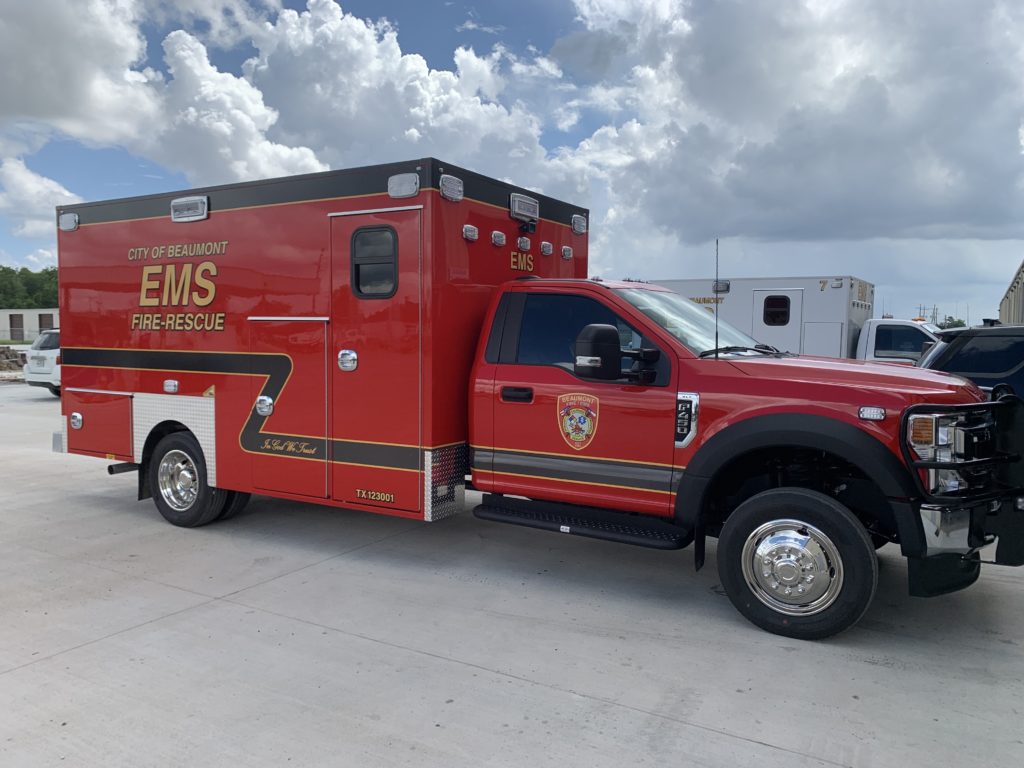
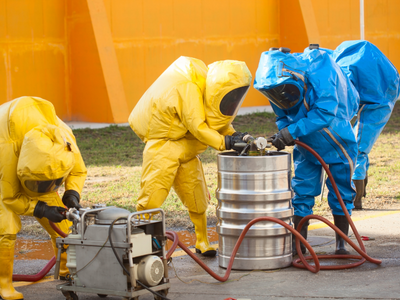
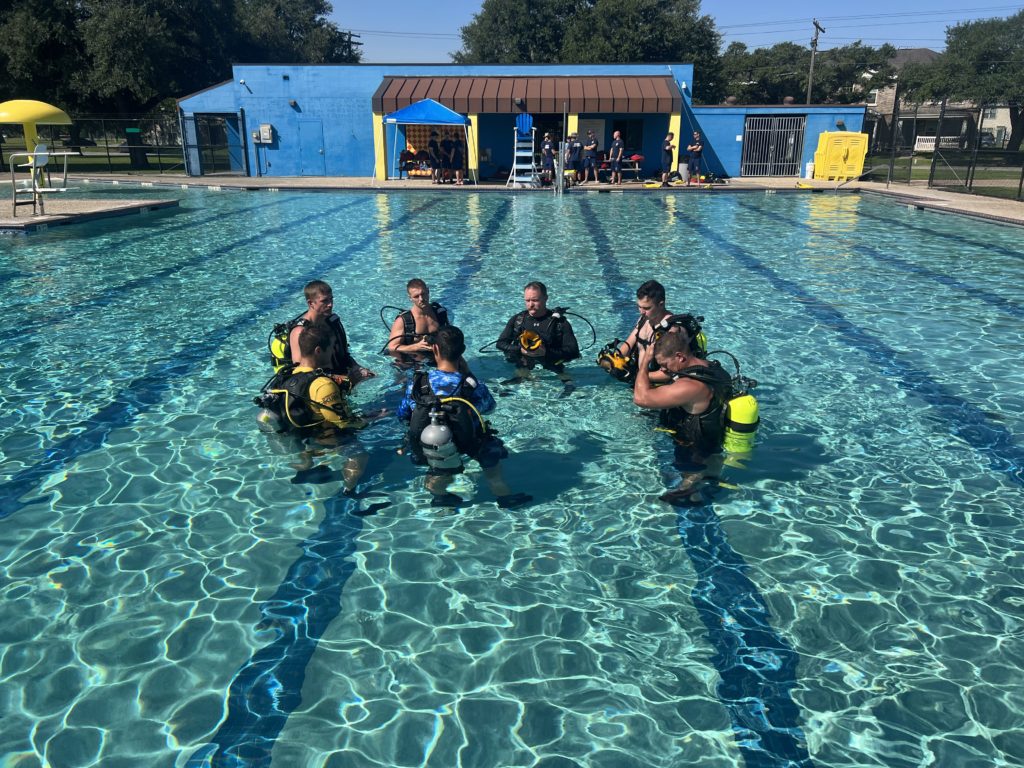

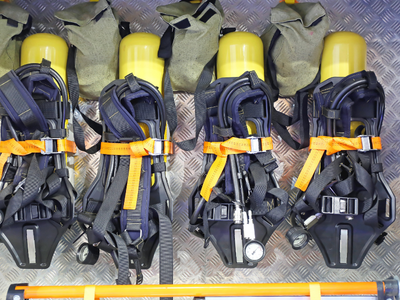
Advanced Life Support First Responder Program
Fire department personnel are typically the first to arrive on the scene of a medical emergency. When BFRS first responders can provide advanced life support services, as opposed to basic first-aid, life-saving interventions can be initiated sooner. This capability can improve patient outcomes and quite literally save lives.
Firefighters holding Texas Department of State Health Services EMT- Advanced or EMT-P certifications and are credentialed through the Medical Director approved program render early ALS care under this program.
Hazardous Materials Response Team
Many hazardous materials used in the manufacturing processes are produced and stored in Southeast Texas. In addition to fixed facilities, all modes of transporting hazardous materials are found within the region – rail, highway, pipeline, waterway, and air. The BFRS Hazardous Materials Response Team responds to hazardous material spills or releases and helps mitigate these potentially dangerous situations.
A district chief serves as program manager, directing and coordinating hazardous materials response for the department. He is assisted by three shift team leaders (A, B, C). Each shift is allotted a maximum of 10 active HMRT members. All HMRT members are certified at the OSHA 49 CFR 1910.120 technician-level. All other BFRS personnel hold operations-level certification and function as support personnel for hazmat incidents. Fire Station No. 5 is the department’s primary hazmat response station.
Water Response & Recovery Team
The Water Response and Recovery Team responds to drowning reports and assists the local law enforcement with evidence recovery. The work is dangerous since most situations have little or no visibility (black water diving).
A district chief serves as program manager, directing and coordinating the development of water response and recovery initiatives. He is assisted by three shift team leaders (A, B, C). Each shift is allotted a maximum of eight active WRRT members. All WRRT members must be PADI open water diver-certified prior to applying for the team. Team members also function at the operations level in top water and/or swift water rescue.
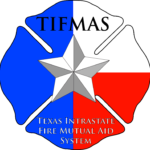
Wildland/Urban Interface Firefighting Team
Wildland fires have burned thousands of acres and destroyed homes in Texas. With the assistance of TIFMAS (Texas Intrastate Fire Mutual Aid System), Beaumont Fire Rescue created a Wildland/Urban Interface Firefighting Team to better protect the community, and provide assistance across the state. WUIFT members cover Beaumont’s many interface zones and are eligible for deployment to wildland fires statewide through the Texas A&M Forest Service. The cost of statewide deployments is reimbursable.
A district chief serves as program manager, directing and coordinating the development of the department’s wildland/urban interface initiatives. He is assisted by three shift team leaders (A, B, C). Each shift is allotted a maximum of eight active WUIFT members. All WUIFT active members must be certified through the Texas A&M Forest Service. Fire Station No. 2 is the department’s wildland response station.
Self-Contained Breathing Apparatus Team
The Self-Contained Breathing Apparatus Team keeps responders safe, so they can keep you safe. The SCBAT may not deploy to incidents, but they are critical for responder safety and operational effectiveness. SCBAT members ensure that personnel is fit-tested, that all SCBA and PASS devices are properly maintained, that breathing air is routinely tested and safe, and that air and oxygen cylinders are hydrostatically tested and safe to use. With the large inventory of breathing equipment for firefighting, hazardous materials, and divers, it’s no easy task.
A district chief serves as program manager, directing and coordinating SCBA maintenance and testing for the department. He is assisted by three shift team leaders (A, B, C). Each shift is allotted a maximum of eight active SCBAT members. All SCBAT active members must be certified Scott SCBA maintenance technicians. Fire Station No. 1 houses the SCBA maintenance and testing facility.
Regional and State Participation Teams

Regional Incident Management Team
The Sabine-Neches Chiefs’ Association sponsors the Golden Triangle Regional Type 3 Incident Management Team. The team is eligible to deploy to regional or state incidents to provide incident management support.
Notification of deployment opportunities are coordinated through the Sabine-Neches Chiefs’ Association via the City of Beaumont Emergency Management office. State and national deployments are activated through the Texas A&M Forest Service through TIFMAS. A limited number of BFRS members may be appointed to serve on the RIMT when recommended and approved by the fire chief and appointed by the SNCA and RIMT leadership.
Southeast Texas Regional Rescue Team
The Southeast Texas Regional Rescue Team is made up of responders from area fire departments. The SETRRT is coordinated through the Sabine-Neches Chiefs’ Association, responding regionally for rope, high angle, confined space, urban search and rescue, or swift water rescue situations when requested.
Regional deployments are activated and coordinated through the Sabine-Neches Chiefs Association via the BFRS Fire-EMS Communications Center. Up to six BFRS members may be appointed to serve on the regional rescue team when recommended and approved by the fire chief and appointed by the SNCA and team leadership.

Emergency Medical Task Force 6
The Emergency Medical Task Force project was developed by the Texas Department of State Health Services to create a network of regionally based medical teams. EMTF6 is available for deployment and operations within Texas or nationally.
Regional and statewide deployments are activated and coordinated through the Southeast Texas Regional Advisory Council. Up to six BFRS members may be appointed to serve on the strike team when recommended and approved by the fire chief and appointed by the SETRAC leadership.
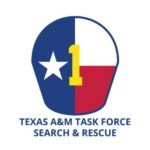
Texas Task Force 1 (TX-TF1)
One of 28 teams that form the FEMA National Urban Search and Rescue System, Texas Task Force 1 is a multi-disciplined task force available for air and/or ground deployment and operations in statewide or nationwide.
Up to six BFRS members may be appointed to serve on the task force when recommended and approved by the fire chief and appointed by the task force leadership. Deployments are activated through the Texas Engineering & Extension Service.
